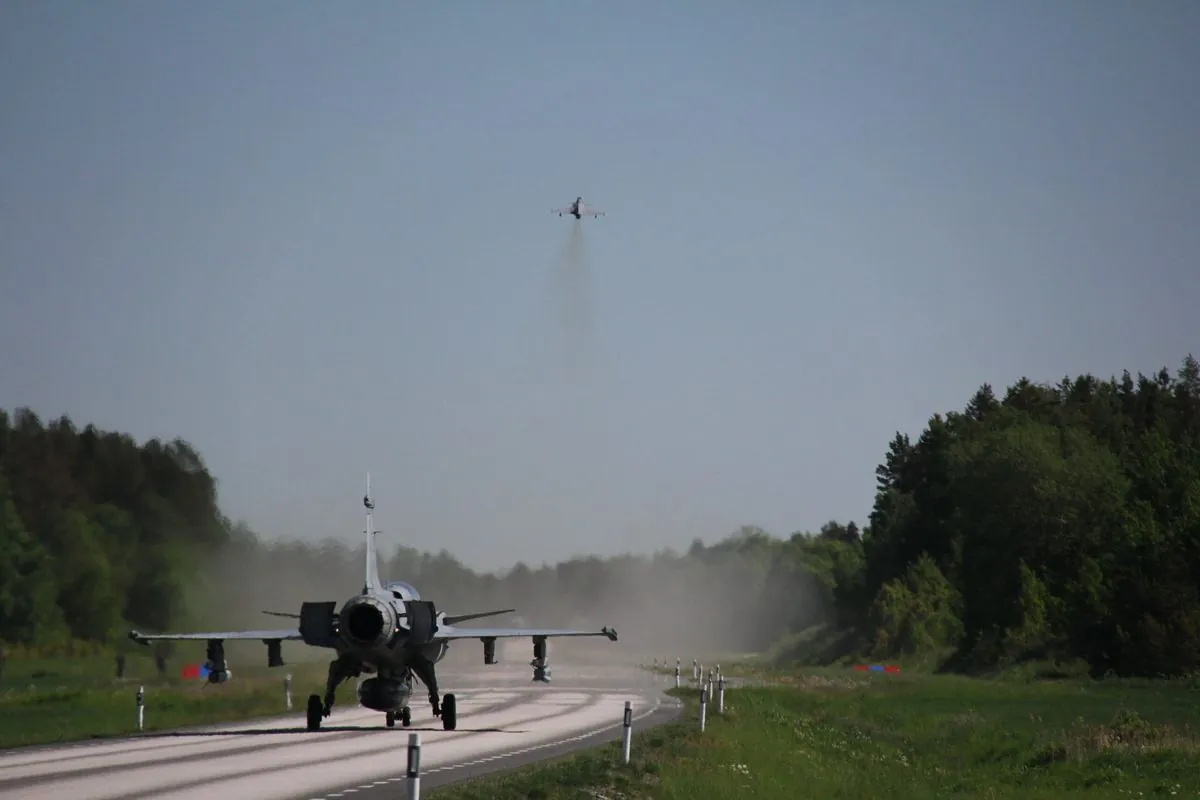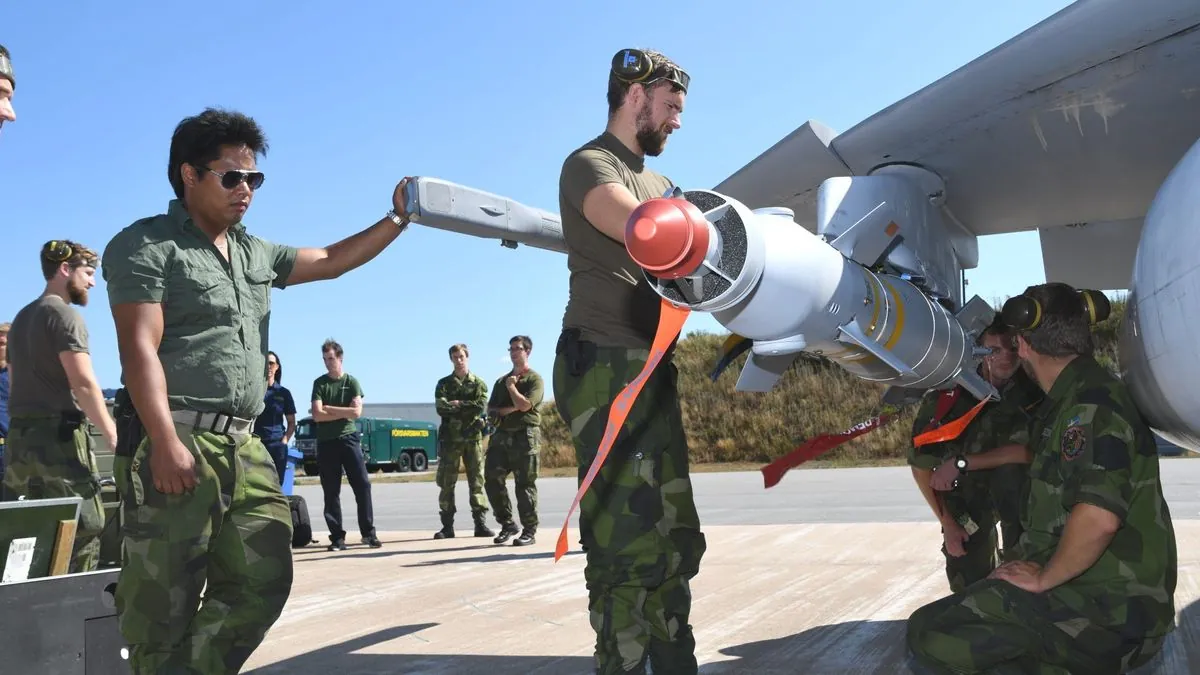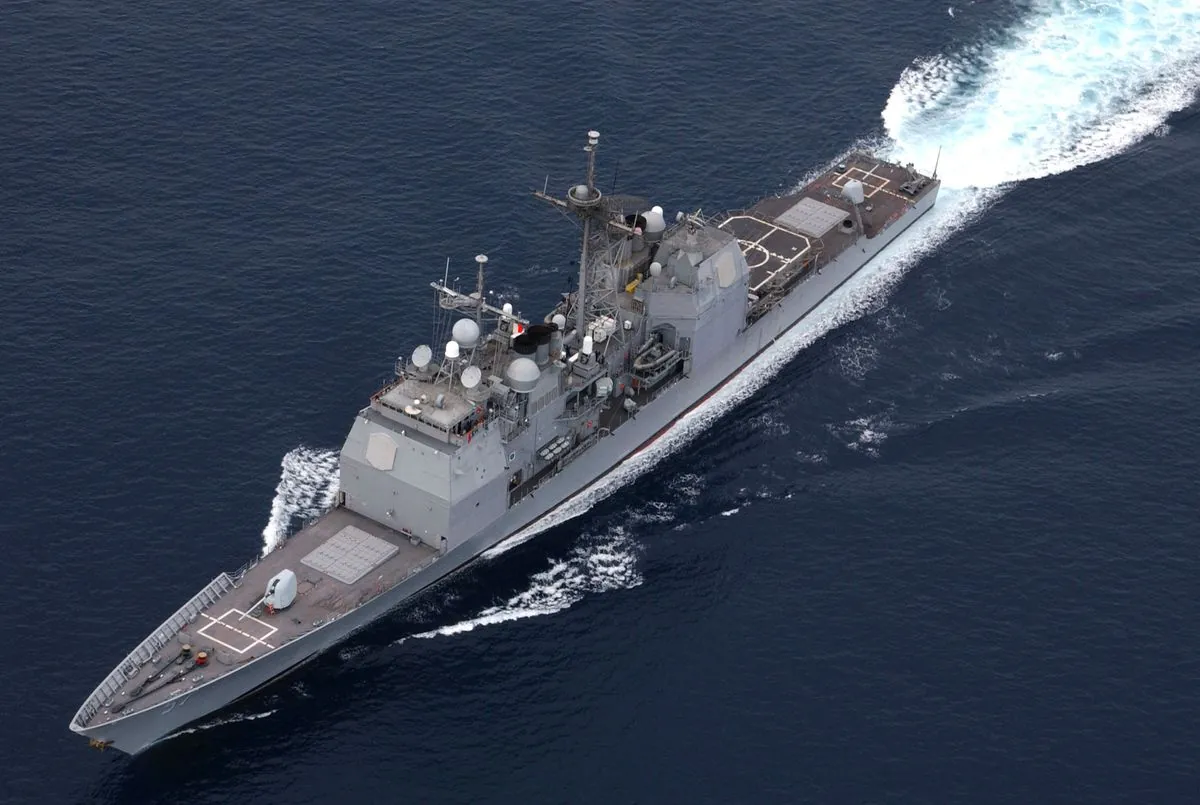Sweden's Road-Runway System: A Lesson for NATO's Air Defense
Sweden's unique road-runway network, designed during the Cold War, offers valuable insights for NATO's air defense strategies. As concerns over potential Russian attacks grow, this system gains renewed relevance.

In light of growing concerns about potential Russian attacks on NATO airbases, Sweden's unique road-runway system has garnered significant attention. This network, developed during the Cold War, allows fighter jets to operate from ordinary roads, providing a level of flexibility and resilience that many NATO members now seek to emulate.
Sweden's system, shared only with Finland among NATO allies, consists of an extensive network of roads designed to double as military runways. These roads, typically half a mile long, are complemented by shorter connecting roads for taxiing and multiple aircraft parking spots. This infrastructure supports rapid deployment and relocation of aircraft, making it difficult for potential adversaries to track their positions.
The system's effectiveness relies on specially designed aircraft and highly trained personnel. Col. Carl Bergqvist, a fighter pilot and the Swedish Air Force's chief of plans, explains:
Swedish pilots, flying aircraft like the JAS Gripen, are trained to operate from these road-runways from early in their careers. The ground crews, often consisting of just one officer and a few conscripts, can service and prepare aircraft for takeoff within minutes.
This approach proved crucial during the Cold War when Sweden, though neutral, maintained a disproportionately large air force. The strategy was influenced by lessons from the 1967 Six-Day War, where Israel decimated Egyptian, Syrian, and Jordanian air forces by targeting grounded aircraft.

Today, as NATO faces renewed challenges from Russian air power, Sweden's expertise has become invaluable. The alliance's Agile Combat Employment (ACE) concept draws inspiration from the Swedish-Finnish system, aiming to improve resilience and survivability of air assets.
However, adopting similar capabilities presents challenges for other NATO members. Most allies operate U.S.-made aircraft like the F-35, which are not optimized for road operations. Edward Stringer, a retired Royal Air Force Air Marshal, notes that implementing such a system requires purpose-built infrastructure, suitable aircraft design, and a shift in operational culture.
The Swedish model's success relies on a decentralized command structure and high trust in small, versatile teams. This approach contrasts with the more centralized operations of many NATO air forces.
As geopolitical tensions rise, NATO countries may need to reconsider their air defense strategies. The Swedish road-runway system offers a proven model for enhancing air force resilience and flexibility, potentially reshaping how alliance members approach air power deployment in the face of evolving threats.


































